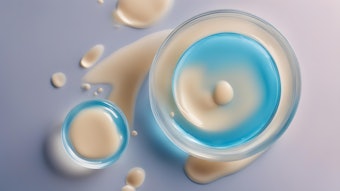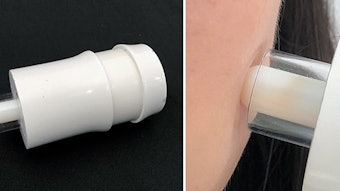With two quotes, Professor Misery pointed to a new way of looking at our body’s envelope. He said, “Skin and brain are embryological and nostalgic brothers.” He also said, “Skin is a peripherally spread out nervous system.”
Skin is more than an assembly of several layers of cells (corneocytes, keratinocytes, fibroblasts, etc.). Skin is a living sensory receptor of environmental stimuli, directly connected to the central nervous system. Skin is also often the mirror of our mental state of mind. Many emotions are foremost seen or felt at the level of the skin. Fear, stress and happiness manifest themselves in paling (vasoconstriction), sweating, goose bumps, raised hairs, blushing (vasodilatation) 2or radiance and blissful glow.
Even surprise, consternation or anger translate into reactions that affect the skin: raising the eyebrows and frowning lead eventually to expression lines, the deep wrinkles on the face. Although this latter phenomenon is an indirect effect, caused by repeated muscle contraction, it has attracted much recent attention with the aim of treating deep wrinkles with muscle relaxing agents.
Mental wellbeing and physical relaxation go hand in hand, complementing each other. Endogenous molecules such as endorphins and enkephalins mediate some of these effects in the brain, and also now in the skin, as this article shows.
The relationships between the mind and skin are currently seen in a new light from the discoveries made in skin physiology, embryogenesis and neuro-immunology. The nervous system and the skin share a common embryological origin since both organs derive from differentiation of the ectoblast, one of the three primary germ layers of the embryo. During the development of the embryo, the nervous system sends out neuronal prolongations to innervate the skin. In so doing, it is guided by Merkel’s cells (the epidermal neuro-endocrine cells) and stimulated by a nerve growth factor (NGF).










